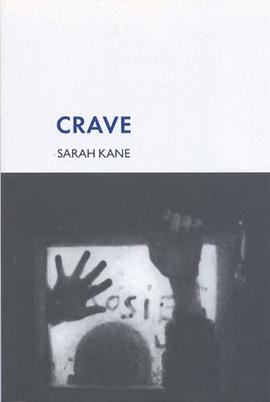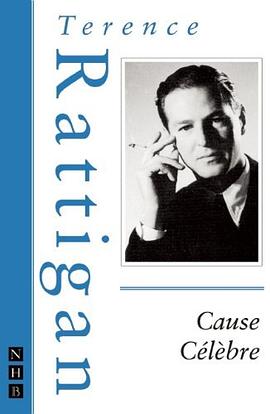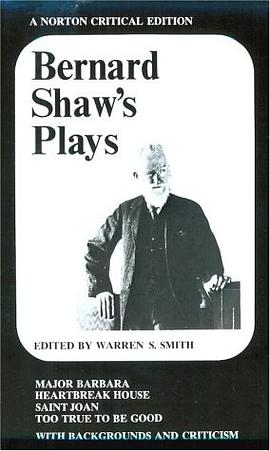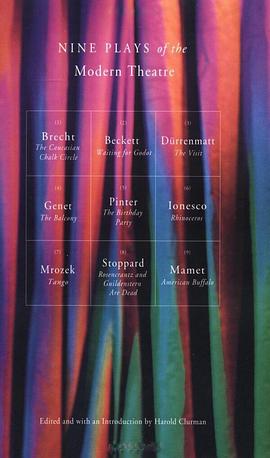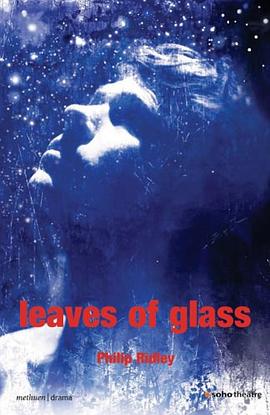

Temple Grandin's "Animals in Translation" speaks in the clear voice of a woman who emerged from the other side of autism, bringing with her an extraordinary message about how animals think and feel.Temple's professional training as an animal scientist and her history as a person with autism have given her a perspective like that of no other expert in the field. Standing at the intersection of autism and animals, she offers unparalleled observations and groundbreaking ideas about both.Autistic people can often think the way animals think -- in fact, Grandin and co-author Catherine Johnson see autism as a kind of way station on the road from animals to humans -- putting autistic people in the perfect position to translate "animal talk." Temple is a faithful guide into their world, exploring animal pain, fear, aggression, love, friendship, communication, learning, and, yes, even animal genius. Not only are animals much smarter than anyone ever imagined, in some cases animals are out-and-out brilliant.The sweep of "Animals in Translation" is immense, merging an animal scientist's thirty years of study with her keen perceptions as a person with autism -- Temple sees what others cannot.Among its provocative ideas, the book: LIargues that language is not a requirement for consciousness -- and that animals do have consciousness LIapplies the autism theory of "hyper-specificity" to animals, showing that animals and autistic people are so sensitive to detail that they "can't see the forest for the trees" -- a talent as well as a "deficit" LIexplores the "interpreter" in the normal human brain that filters out detail, leaving people blind to much of the reality that surrounds them -- a reality animals and autistic people see, sometimes all too clearly LIexplains how animals have "superhuman" skills: animals have animal genius LIcompares animals to autistic savants, declaring that animals may in fact be autistic savants, with special forms of genius that normal people do not possess and sometimes cannot even see LIexamines how humans and animals use their emotions to think, to decide, and even to predict the future LIreveals the remarkable abilities of handicapped people and animals LImaintains that the single worst thing you can do to an animal is to make it feel afraid/ULTemple Grandin is like no other author on the subject of animals because of her training and because of her autism: understanding animals is in her blood and in her bones.
具体描述
读后感
这本书《Animals in Translation》在大陆翻译为书名《我们为什么不说话》,华东师范大学出版社出版,章节内容和台湾版的差不多。大陆的朋友推荐读一读。 行文流畅,妙趣横生,记忆犹新,兴趣盎然。
评分希望看了我的笔记,你也和我一样觉得这是一本有趣的书 -大象用人类听不到的声波互传信息,跺脚也是一种传递方式 -选择单性状繁殖会让公鸡变成强奸犯 -中国的猪比美国的猪更热衷做那种事,一有机会就会实施。和现实中的人刚好相反,看来在性方面,中国的猪还是为国争了光 -...
评分文/宝木笑 不知从何时开始,人类研究心理学的过程中开始充满着动物们的身影,动物们除了要满足人们的捕猎欲、口舌欲、观赏欲等之外,还要成为人们的实验品。心理学史上从来不缺少“明星”,比如巴甫洛夫的狗、斯金纳的鸽子、托尔曼的老鼠等等。小时候我们在生物课上就学到过巴...
评分希望看了我的笔记,你也和我一样觉得这是一本有趣的书 -大象用人类听不到的声波互传信息,跺脚也是一种传递方式 -选择单性状繁殖会让公鸡变成强奸犯 -中国的猪比美国的猪更热衷做那种事,一有机会就会实施。和现实中的人刚好相反,看来在性方面,中国的猪还是为国争了光 -...
评分用户评价
相关图书
本站所有内容均为互联网搜索引擎提供的公开搜索信息,本站不存储任何数据与内容,任何内容与数据均与本站无关,如有需要请联系相关搜索引擎包括但不限于百度,google,bing,sogou 等
© 2025 book.wenda123.org All Rights Reserved. 图书目录大全 版权所有







